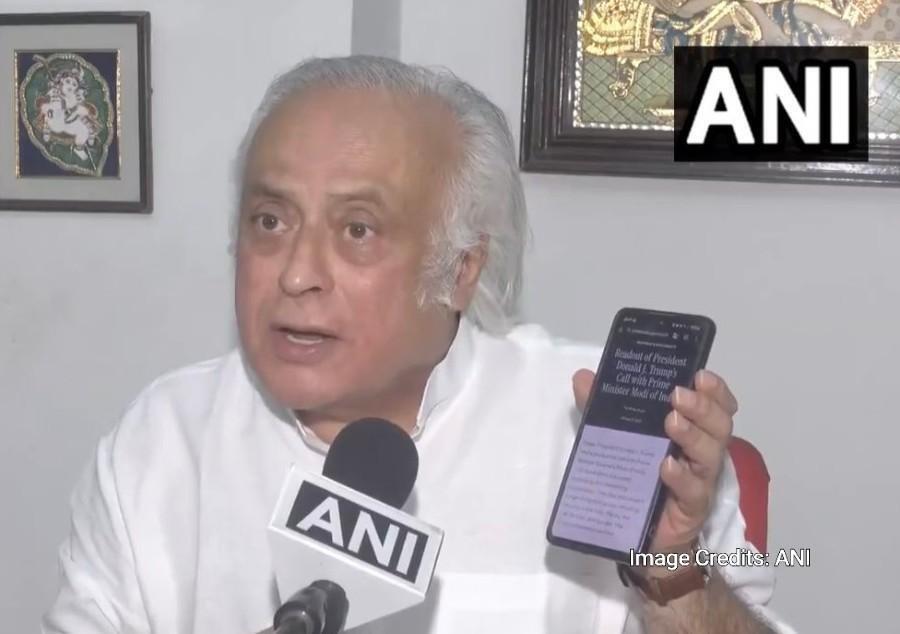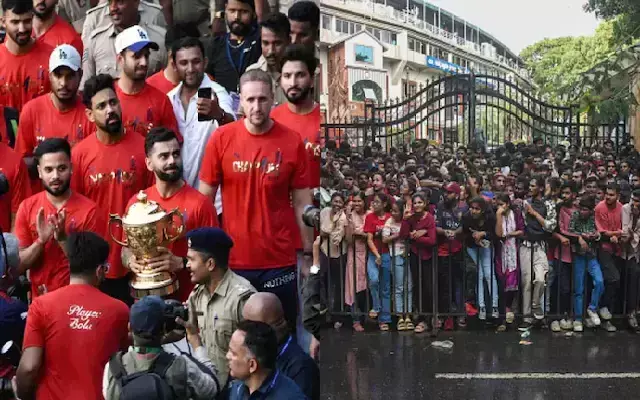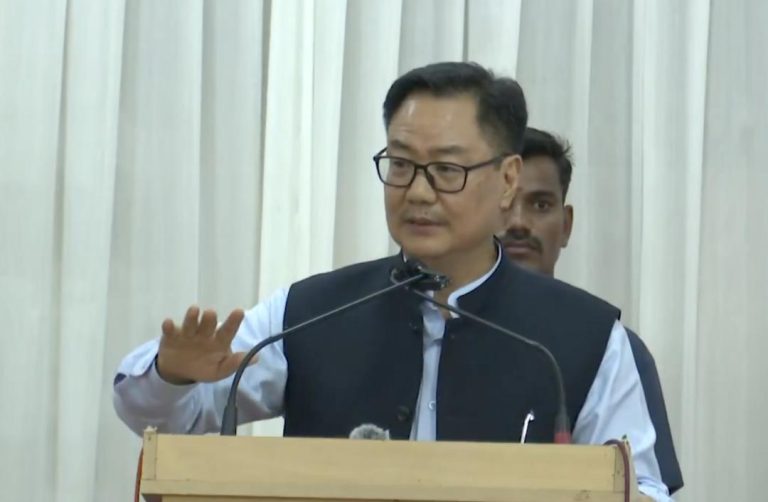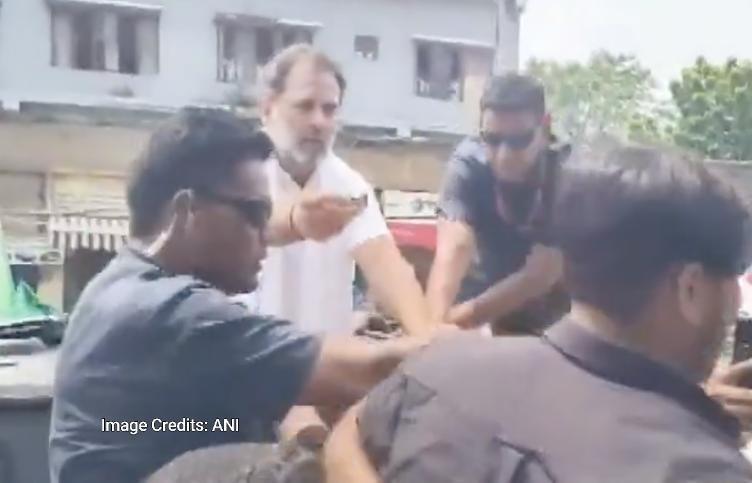
Congress’ Ramesh shows wrong US statement to target PM over call with Trump, BJP trolls him
In a shocking move, Congress leader Jairam Ramesh stirred up controversy on Tuesday by showing a wrong US statement to target Prime Minister Narendra Modi over his phone call with US President Donald Trump. The statement, which was meant to highlight discrepancies in the readouts provided by the Indian government and the US government on the phone call, backfired spectacularly as it was revealed that the statement was from January 2025, not 2022 as Ramesh claimed.
The controversy began when Ramesh tweeted a statement from the US State Department, which he claimed was a readout of the phone call between PM Modi and Trump. The statement allegedly said that the US had played a key role in the ceasefire between India and Pakistan, a claim that PM Modi had denied.
Ramesh’s tweet sparked a heated debate on social media, with many BJP leaders and supporters questioning the authenticity of the statement. However, it was BJP’s Amit Malviya, the party’s IT cell head, who blew the lid off Ramesh’s scam. Malviya tweeted a screenshot of the statement, pointing out that it was dated January 2025, not 2022.
“This is not a readout of the PM’s call with Trump, but an old statement from January 2025. Jairam Ramesh, you are a congenital liar,” Malviya wrote.
The BJP’s IT cell head’s tweet quickly went viral, and soon, Ramesh was forced to clarify his statement. In a series of tweets, Ramesh admitted that he had made a mistake and apologized for it.
“I apologize for the mistake. I was relying on an old statement and didn’t verify it properly. I will make sure to verify the information before sharing it in the future,” Ramesh tweeted.
However, the damage had already been done. The BJP had already pounced on Ramesh’s mistake, and the Congress leader was left red-faced.
Ramesh’s mistake was not just a simple error; it was a deliberate attempt to mislead the public and tarnish PM Modi’s image. By showing a wrong statement, Ramesh was trying to create a narrative that PM Modi had lied about the phone call with Trump, and that the US had played a key role in the ceasefire between India and Pakistan.
However, the BJP’s quick thinking and sharp eyes saved the day. Malviya’s tweet exposed Ramesh’s scam, and the Congress leader was forced to eat humble pie. The incident once again highlights the importance of verifying information before sharing it, especially in the age of social media.
The controversy also raises questions about the credibility of the Indian opposition, particularly the Congress party. Ramesh’s mistake was not an isolated incident; it was part of a larger pattern of misinformation and disinformation spread by the Congress party.
In recent months, the Congress party has been accused of spreading false information and lies about PM Modi and the BJP. From claiming that PM Modi was involved in the Rafale scam to spreading false information about the economy, the Congress party has been caught red-handed on several occasions.
The incident also highlights the importance of fact-checking and verifying information before sharing it. In today’s digital age, fake news and misinformation can spread quickly, and it is the responsibility of all citizens to verify information before sharing it.
In conclusion, Ramesh’s mistake was a classic case of “fake news” gone wrong. By showing a wrong statement, Ramesh tried to create a narrative that was meant to tarnish PM Modi’s image. However, the BJP’s quick thinking and sharp eyes exposed Ramesh’s scam, and the Congress leader was forced to apologize for his mistake.
As we move forward, it is essential that we all verify information before sharing it, and that we hold our leaders accountable for spreading misinformation. The incident is a reminder that in the age of social media, the truth is just a click away, and that we must be mindful of the information we share.






